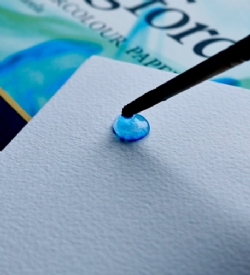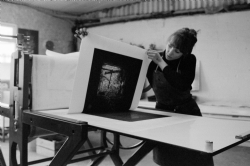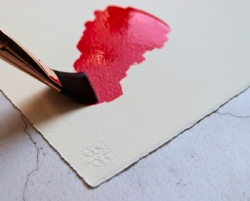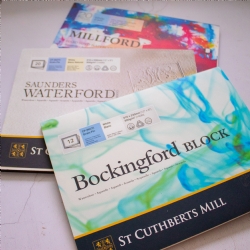St Cuthberts Mill Paper
Call or email:
+44 (0)1749 672015
sales@stcuthbertsmill.com
St Cuthberts Mill Paper
Watercolour
Printmaking
Digital Fine Art
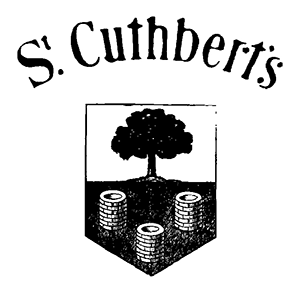
Absorbency in Paper
Papers are made with different levels of absorbency. Some will be more absorbent, soaking up any liquid, whilst others will leave beads of water on the surface. A paper’s absorbency, or its resistance, is a fundamental variable with how different papers perform. Choosing the right paper for a piece of art is crucial to get the very best out of the paper.
Whilst papermaking at St Cuthberts Mill, we carefully control the level of absorbency based on the primary use of a particular paper, with us working to different specifications for the various products we make.
Watercolour paper requires a different level of absorbency than a printmaking paper. For watercolour, the paper needs the wet paint to sit on the surface, so the artist has time to manipulate, blend and merge the colours together, before the water absorbs into the surface and starts the drying process. Whilst a paper designed for intaglio printmaking needs a sheet that is slightly absorbent, to pull the ink from the incised lines of the printing plate into the paper. Both are artist papers, but both have different absorbency requirements based on the artistic application.
How do papermakers control the absorbency of a sheet of paper?
The papermakers apply an internal sizing agent, whilst the paper is still in its slurry form (called stuff). To activate the internal size, they super heat the paper through slowly turning heated cylinders. These majestic cylinders gracefully turn, with misty water vapour rising from them, as the paper dries whilst passing through the rollers, activating the sizing agent. It is the skill of the papermakers that ensures the right level of absorbency is reached for each of the various papers made at St Cuthberts Mill. This is especially important when St Cuthberts Mill, as a papermill, custom makes a special paper for a specific purpose.
What level of absorbency are St Cuthberts Mill papers made to?
Different papers are made with difference absorbencies:
- Saunders Waterford® is made to what we consider to be a standard watercolour absorbency. At St Cuthberts Mill we call this a ‘1-1 sizing’. Our Bockingford® watercolour papers are made to the same level.
- Millford watercolour is unique as it is deliberately made to be less absorbent. It has more resistance to water and stays in its wettest stage for longer.
- Somerset® is designed to be slightly more absorbent, which is important for printmaking so the ink slightly sinks into the sheet.
What is Hard Sized paper?
The term Hard Sized refers to a paper that is resistant to water. Millford is a Hard Sized paper.
What is Soft Sized paper?
Soft Sized paper is more absorbent. Very absorbent paper is called Waterleaf. Somerset® is slightly Soft Sized.
How to test a paper's absorbency?
The easiest way to test a papers absorbency is with a droplet of water. Leave a drop of water on the surface and observe what happens. Unless it is a waterleaf sheet, the water droplet will stay on the surface for a period of time before being absorbed into the surface. The length of time will be an indicator of how absorbent the paper is, the shorter the time it spends on the surface, the more absorbent the sheet is. At St Cuthberts Mill our papermakers run a couple of different laboratory controlled quality tests, to evaluate the absorbency of the paper, whilst it is being made. The most significant is the Cobb Test, which accurately measures how much a set amount of water (100ml), over a set area (10cm²), absorbs over a set period of time (1 minute). In addition, we also conduct Pen & Ink Tests, where a line is drawn with a traditional pen nib dipped in ink. The ink lines are carefully observed to see if the line is drawn nice and solid, or ‘feathers’ where the line bleeds, or is drawn with broken line with holes where the ink ‘skips’ over the surface.
Can a paper’s sizing be broken?
Unfortunately, the sizing agent can be compromised leading to the paper losing its resistance to water and becoming more absorbent. Common culprits can be exposure to harsh sunlight, high humidity and detergents (cleaning brushes with soap, bubble bath residue from using the bath tub to soak and stretch a sheet are frequent offenders).
Paper mill's with expert papermakers will make paper with consistent quality. At St Cuthberts Mill we are proud that our papers are made with reliable quality, so artists can trust our papers to perform the same every time. An essential element is to ensure the absorbency of our artists papers is perfect.
Related articles: Soaking and Stretching - Problem Solving

